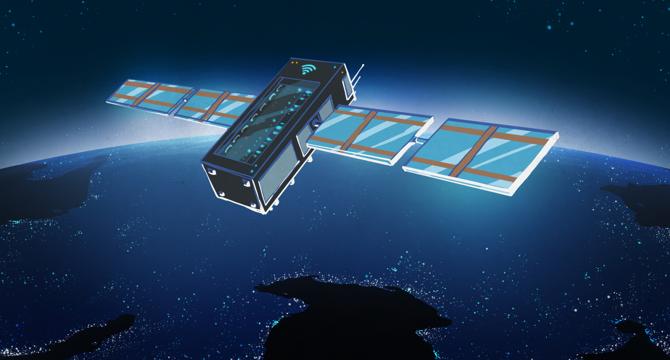Hackaday
3w
162

Image Credit: Hackaday
Space-Based Datacenters Take The Cloud into Orbit
- The increasing demand for datacenters due to AI technologies is causing problems for power grids and cooling systems on Earth.
- Placing datacenters in orbit is being considered as a solution to environmental concerns and sustainability issues.
- Space-based datacenters offer advantages in terms of power generation, cooling solutions, and connectivity.
- Utilizing solar power in orbit, such as through Sun Synchronous Orbits, provides a continuous and reliable energy source for datacenters.
- Cooling systems in space-based datacenters rely on proven technologies like radiators and liquid cooling for heat dissipation.
- Connectivity for orbiting datacenters can be achieved through networks like Starlink, ensuring high-bandwidth operations.
- Companies like Starcloud and Axiom Space are exploring the implementation of datacenters in space, leveraging partnerships and advanced technologies.
- European and American efforts are focused on deploying datacenters in orbit, with projects like ASCEND and initiatives by private companies.
- The competition in space-based computing includes startups like Ada Space, working on orbital supercomputers with high-speed data processing capabilities.
- The potential for orbital datacenters to revolutionize high-performance computing and AI capabilities is actively being pursued by various entities worldwide.
- The vision of space-based datacenters represents a significant leap in technological advancement and sustainability for the future.
Read Full Article
9 Likes
For uninterrupted reading, download the app